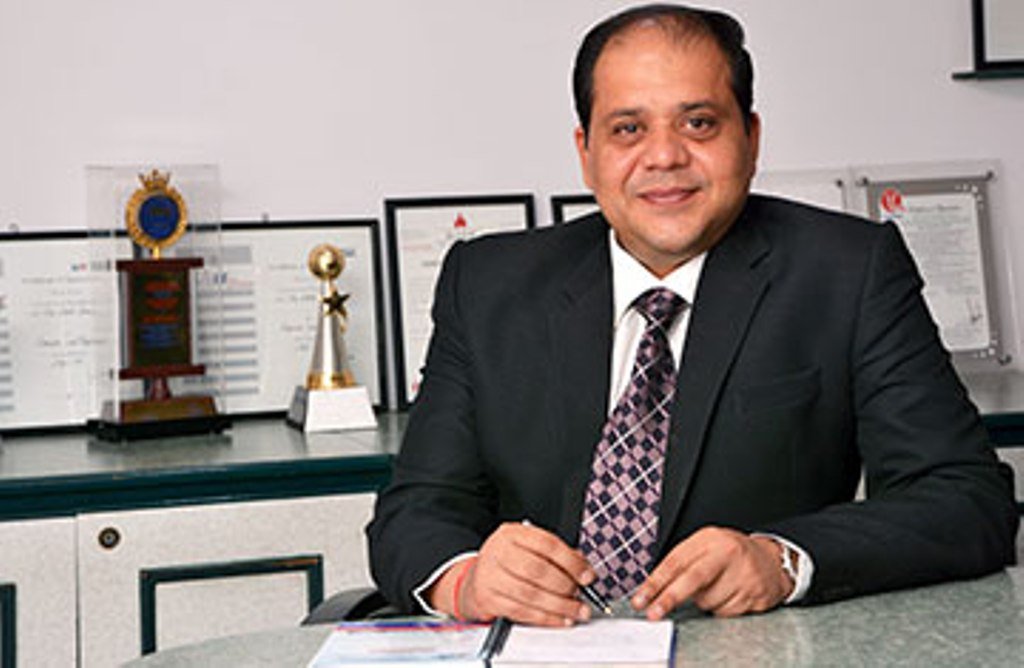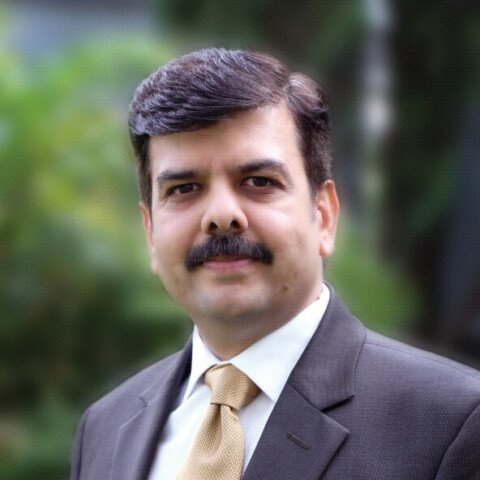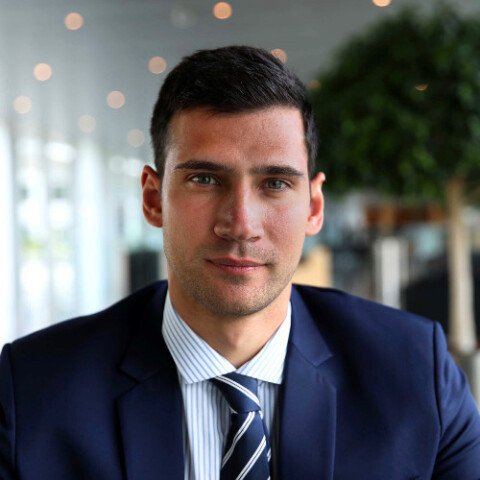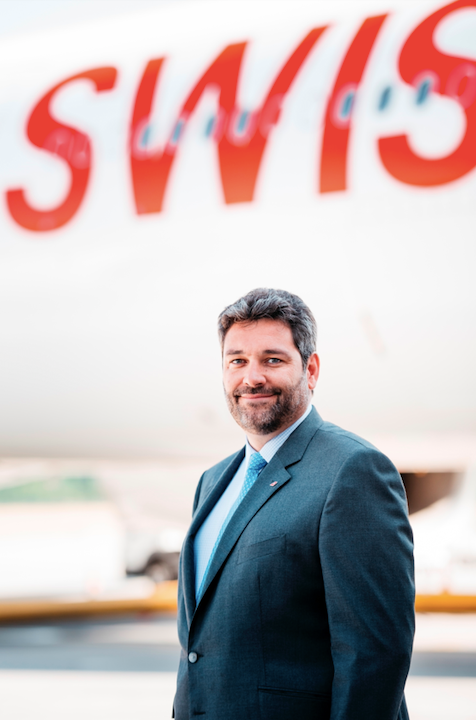Delhi-based full-service supply chain management company, Om Logistics recently acquired Transafe Services Ltd, a JV of Miniratna PSU Balmer Lawrie, in a move that would allow the 3PL to build on its existing strength in the industry and offer its wide array of services to untapped markets, complemented by a new service proposition to provide customised and flexible containerised storage solutions. With this incorporation, along with various other strategic developments, Om Logistics is striving to become a holistic destination of diversified services for all its international and domestic customers. While exclusively speaking to Upamanyu Borah, Akash Bansal, who takes into the top-level role as Country Head of the company, highlighted how their growth goals are intertwined with Transafe acquisition and will help the company achieve the position of being the strongest player in the integrated transportation scenario.
Could you explain the acquisition of Transafe Services as a significant development, considering it’s only into the business of manufacturing and leasing containers for intermodal shipping? Could you enlighten us on more on the company’s portfolio of service offerings?
Well, had been looking forward to acquire Transafe since quite long, but with a more structured approach from 2017 when the term DFC was becoming a buzzword for the entire industry. During that time, we thought of ‘why not be a CTO?’ In 2018 when Transafe went into NCLT, we stepped up as one of the bidders. The reason behind was importantly to diversify our portfolio of services from logistics and add a different business line of manufacturing and leasing containers. As an industry, container manufacturing and leasing has strengthened its foothold even in India and the bottom line potential of this business is only going to grow. All in all, logistics will always be our prime forte and we continue to up the game.
Coming to manufacturing, Transafe has three plants operational, one each in Coimbatore, Dharuhera, and Kharagpur. The company caters to diverse verticals with specialised and custom-made containers – reefer containers, tank containers, bunk houses, E-houses, standard ISO DVC’s – 20/40 – and the three plants serve as key nodes to different geographic zones. In terms of leasing, Transafe has the capacity to provide ‘per day per container’ lease model looking and customers can use up till the time they want. Customers have the flexibility for an OpEx spending model which is simpler, more flexible, and potentially more economical. More importantly, Transafe offers reefer containers on lease, which is an added-value for customers and value proposition for us – as you may know, reefer containers comes with upright investments.
The demand, especially at present has boomed. We have a huge inventory of approx. 6000 containers as of now available for lease. However, because of NCLT pleas against Transafe, it will take us around six months to get everything into place and start afresh. Because of some fund issues, repairing and leasing of containers by Transafe was put on hold, something that adds significant recurring monthly revenues to the business. Now since we have taken over, we are seeing through the fundamentals and will successfully scale the business. Once we sum up the targets within repairing and re-manufacturing, we will move forward with production of new containers for both sale and lease purposes. The existing containers are old and basis customer requirements are customised and leased out, and the demand at present is more for bunk houses, E-houses, and ISO series containers.
Transafe claims to run a large fleet of refrigerated trucks and trailers in India along with a number of cold rooms/warehouses through its subsidiary Glacio Cold Chain Logistics? How active is Glacio in the Indian market? Also, does that mean with this acquisition you are all set to foray into the cold chain space?
There was a time when Transafe was instrumental in terms of operating cold chain trailers and trucks. But, the business did not perform well for them, or in other words, I would say the business did not evolve the way it should have. So, that model of business in no more functional for Transafe. Even, we at Om Logistics are not targeting the cold chain space and not ready to be part of the sector at this moment. Cold chain operations are out of the box for us in the current scenario.
But, as I mentioned earlier, there’s substantial availability of reefer containers at our disposal which will soon be made available for customers. We will build on Transafe’s expertise to develop industry-best containers and customised to the extent that they fit within the requirements of customers.
All in all, what about your aspirations towards achieving swift growth across standard 3PL transport and warehouse operations? How much will the overall revenue mix make up for OM Logistics in the short to long-term?
We have been achieving great growth across standard 3PL solutions and warehouse operations and we continue to realise our ambitions across the full extent of the business. As a strategy, the acquisition of Transafe is also intertwined with our growth prospects. We wanted to be in this space of container manufacturing and leasing which integrally is a part of logistics activity, and that was what we had been thinking and talking about across the board for quite some time and finally worked upon. The acquisition is a feather in our cap; we now have the capacity to be a dominant player in this business domain and this will give us the edge to operate containers even on the railways mode. We are dedicatedly thinking about being a container train operator in the times to come. With DFCs opening up, we will look to undergo the regulatory approval process to bag the license and see how we operate freight trains. So, this acquisition was basically planned to support our aspiration to engage fully in container train transportation in India with self-owned containers for the service. We have developed a good understanding considering we have been leasing containers to trains operators since long. There is always a push back for players in terms of availability of containers. And as a prominent name in the container manufacturing space, we will have an edge to make containers ready and available at any given point of time as we evolve into a CTO. This has indeed opened up a new horizon for us within the logistics and integrated transportation segment. Additionally, the number of rail operators within the sector is relatively low and the true potential of rail freight is yet to be exploited within the domestic logistics space.
Well, it will take some time for us to stabilise the diversification model via the Transafe acquisition. But, in terms of the top line of the business, there will be a substantial upshot as the company will now operate under the brand name of Om Logistics and we will add the business as one of our verticals. We are hopeful of achieving good growth in this segment by the next financial year.
Urban logistics is growing significantly to cater to the last-mile delivery network, particularly by of online commerce firms. Don’t you see this is an area untapped by bigger and traditional players like Om and that it has the potential to diversify offerings utilising the assets at your disposal?
E-commerce had definitely been a challenge for us. I think it’s a challenge for almost every traditional ‘profit-making’ company in the sector. There are some gaps that exist and professionally managed companies like Om can definitely fill that, but it’s because of cost pressures and smaller sector specific players that are becoming more and more integral to that model are making it difficult for organised players to have a piece of the pie in the business. Our sales model does not match up to the revenue designs of how e-commerce firms go about to pay and generate on a per day basis.
That said, we are doing long-haul for many e-commerce firms. But, the last-mile is what always proves to be a challenge for us and cater to, which is only and only because of cost. Service is not an issue for us, but it’s the cost which put us on the back foot. However, we will look forward and wait for the opportunity to be part of the last leg in the supply chain and further serve the business.
So, how do you view the overall industry structure? How will the future pan out for the industry?
The Indian government today is doing its best and supporting the growth momentum. And, logistics being a dynamic industry and not volatile, was active and running full swing as the one sector that has to run the show, while everyone else were at a standstill. Om itself was moving pharmaceuticals and FMCG. As such, we had been doing our part and delivering on our commitment to total customer focus and providing efficient and timely solutions. I can very well see the country’s logistics sector set on a rigorous growth path with the introduction of wide express highways and freight corridors giving the desired boost. Today, every player has the opportunity to reduce upfront costs, improve competitiveness and the option to deliver value to the end customer. For instance, reaching Mumbai in 18-19 hours will definitely prove beneficial for companies once DFCs are entirely operational – a cost-reduction exercise for everyone. It will drive the shift from road to rail and contribute to reduction of both logistics costs and potential CO2 emissions.







